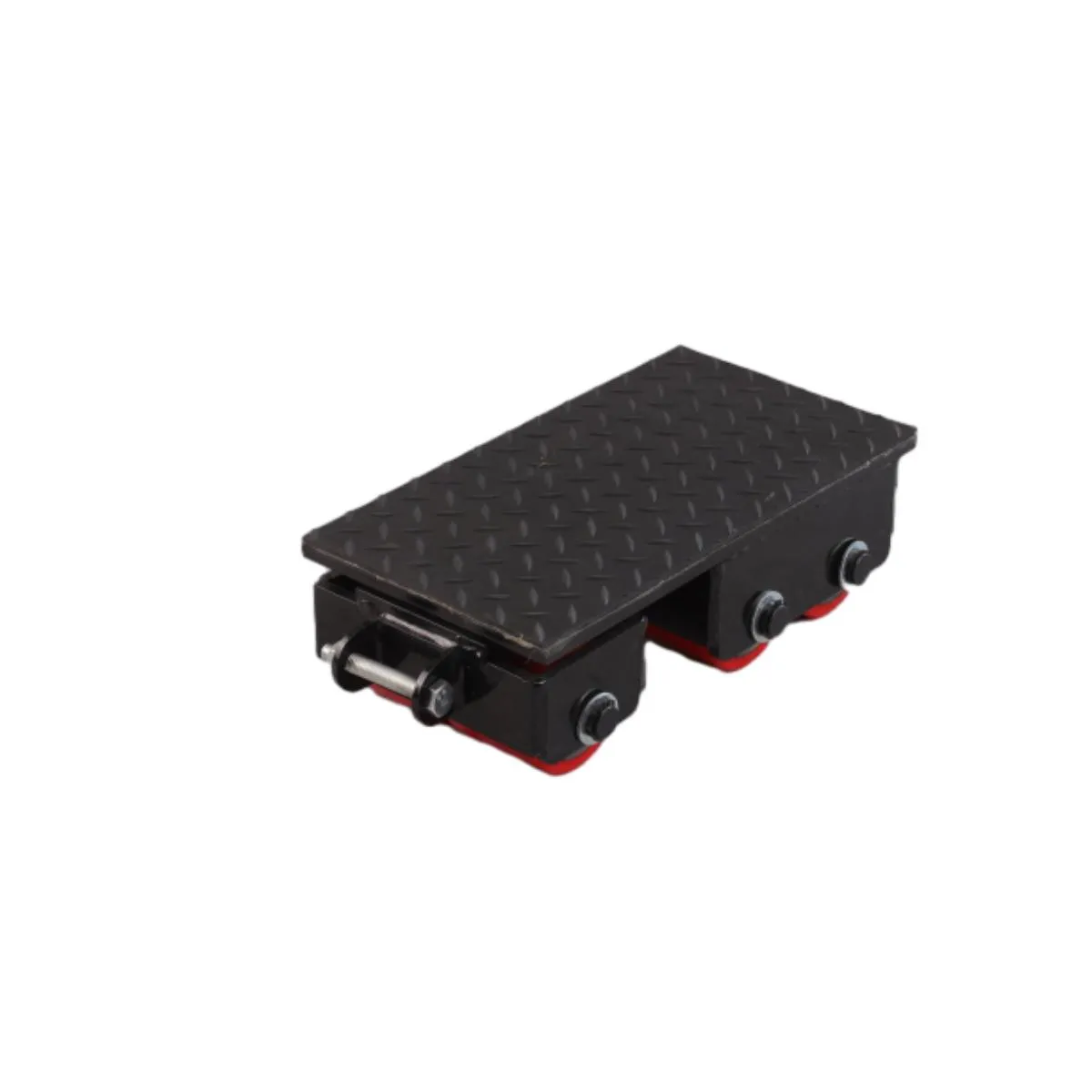Benefits and Applications of Hoist Magnets in Industrial Lifting Operations
The Significance of Hoist Magnets in Modern Industry
In today's fast-paced industrial environment, efficiency and safety are paramount. Among the various tools and equipment that facilitate effective operations, hoist magnets stand out as a crucial component for material handling. These powerful devices not only enhance productivity but also ensure the safe and effective lifting of heavy loads, reshaping the landscape of manufacturing and logistics.
What is a Hoist Magnet?
A hoist magnet is an electromagnetic device designed to lift and transport ferromagnetic materials. Commonly used in factories, warehouses, and construction sites, it employs strong magnetic forces to attach to metal objects, eliminating the need for traditional hooks and slings. As the name suggests, these magnets are integrated with hoisting systems, which can be powered electrically or hydraulically, making them versatile for various lifting applications.
Types of Hoist Magnets
Hoist magnets can be classified into two primary categories electromagnetic and permanent magnets. Electromagnetic hoist magnets generate a magnetic field through the flow of electric current. They provide the flexibility of switching on and off, making them ideal for operations requiring intermittent lifting.
On the other hand, permanent hoist magnets utilize permanent magnets to create a constant magnetic force. They are often preferred for their simplicity and reliability, operating without the need for electrical power once engaged. While electromagnetic hoist magnets may have a greater lifting capacity, permanent hoist magnets are usually lighter, cheaper, and easier to maintain.
Applications in Industries
The applications of hoist magnets are diverse, encompassing various sectors, including manufacturing, scrap yards, and construction
. In manufacturing, they are widely used to lift and move steel sheets, beams, and other bulky components during assembly processes. This not only speeds up operations but also reduces the risk of accidents associated with manual lifting.In recycling and scrap yards, hoist magnets play a pivotal role in separating ferrous materials from non-ferrous ones. By quickly lifting and sorting metal scrap, these devices significantly enhance the efficiency of recycling processes, facilitating a more efficient conversion of waste into reusable materials.
hoist magnet

The construction industry also benefits from hoist magnets, particularly in lifting rebar and steel girders. These magnets can safely handle heavy loads, ensuring that workers can focus on their tasks without worrying about the risks of lifting injuries.
Advantages of Using Hoist Magnets
1. Increased Efficiency Hoist magnets streamline the lifting process, allowing workers to move multiple items at once and significantly reduce handling times. 2. Enhanced Safety By minimizing manual handling, hoist magnets reduce the risk of injury associated with lifting heavy loads. They also eliminate the need for chains and slings, which can wear out or break, posing additional safety risks.
3. Versatility Hoist magnets can be used in various applications, making them adaptable to the ever-changing needs of industries. Their ability to lift diverse shapes and sizes of metal objects makes them invaluable in numerous settings.
4. Cost-Effective Although there is an initial investment in hoist magnets, their durability, low maintenance costs, and operational efficiencies often lead to significant long-term savings.
Challenges and Considerations
While hoist magnets offer considerable advantages, they also come with challenges. Their effectiveness is limited to ferromagnetic materials, which means they cannot be used for non-metal items. Additionally, the initial setup and installation require expertise to ensure proper alignment and functionality, underscoring the need for professional guidance.
Conclusion
Hoist magnets are becoming indispensable tools in modern industry, driven by the need for efficiency, safety, and flexibility in material handling. As technology continues to advance, we can expect hoist magnets to evolve further, with innovations in design and functionality enhancing their capabilities. By embracing these powerful devices, industries can not only improve productivity but also cultivate a safer working environment, paving the way for a future where work processes are transformed and optimized for success.
-
Unlock Seamless Relocation with Our Heavy Equipment Moving ExpertiseNewsJun.06,2025
-
Unleash Unrivaled Flexibility with Our Adjustable Gantry CraneNewsJun.06,2025
-
Unleash Heavy-Duty Efficiency with Our Industrial Gantry Crane SolutionsNewsJun.06,2025
-
Revolutionize Steel Handling with Our Magnetic Lifter RangeNewsJun.06,2025
-
Master Equipment Mobility with Premium Machinery Mover SolutionsNewsJun.06,2025
-
Elevate Your Material Handling with Magnetic Lifter TechnologyNewsJun.06,2025
-
YS Permanent Lifting Magnets: The Smarter Way to Handle SteelNewsMay.22,2025
